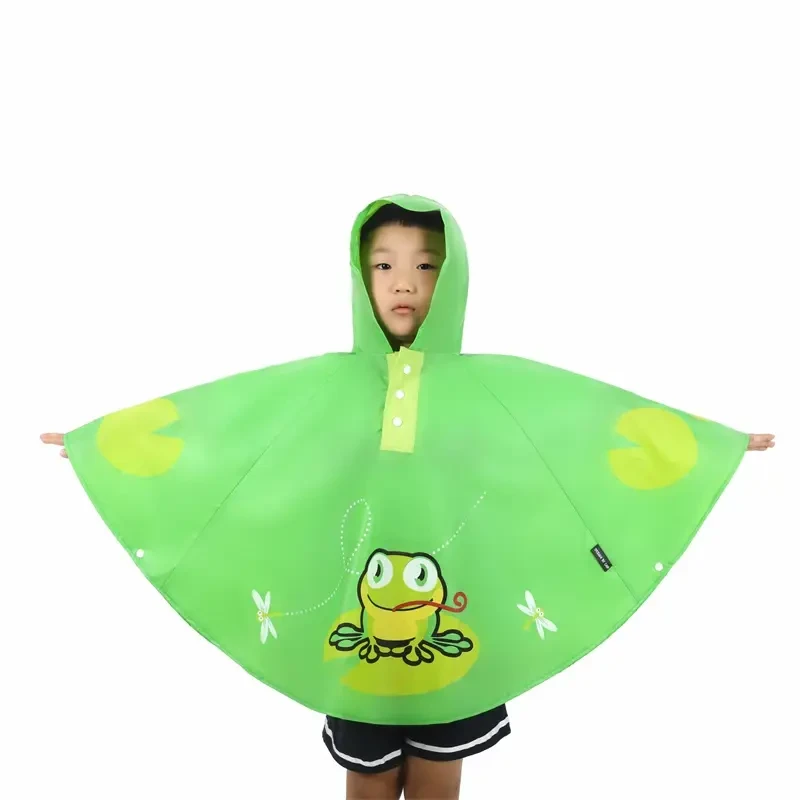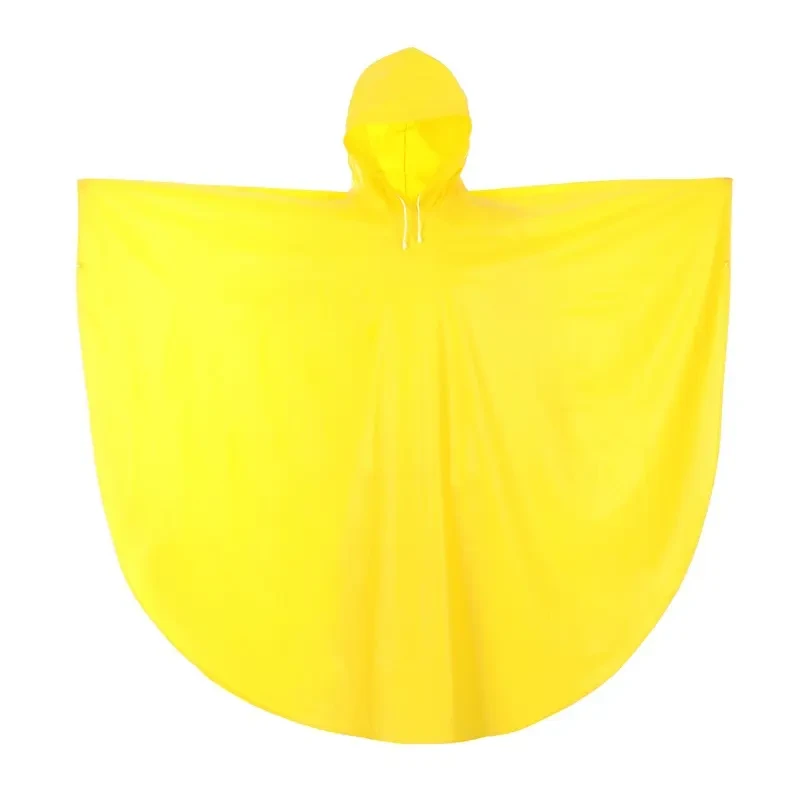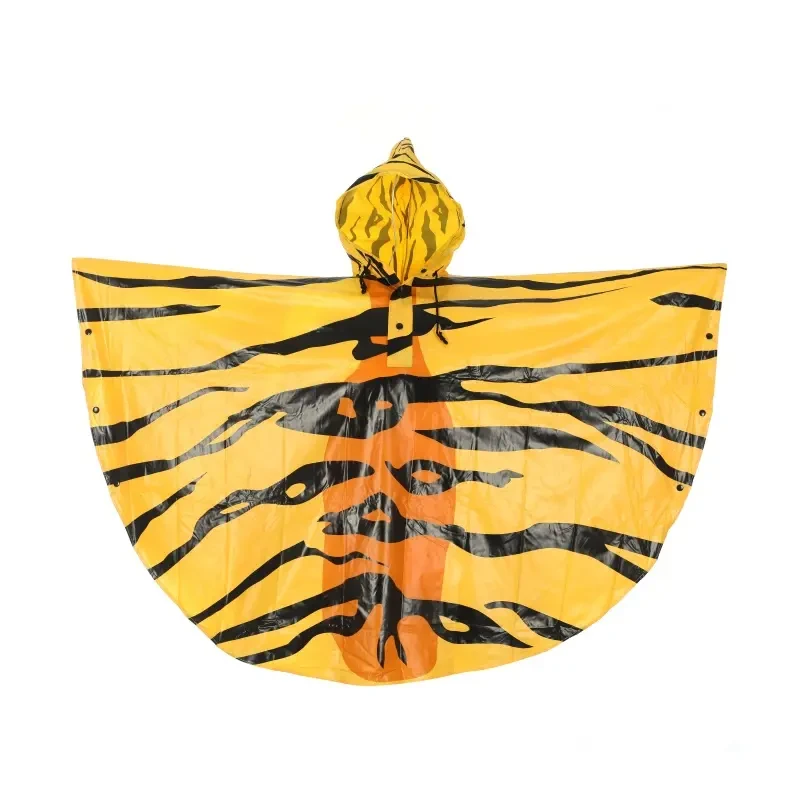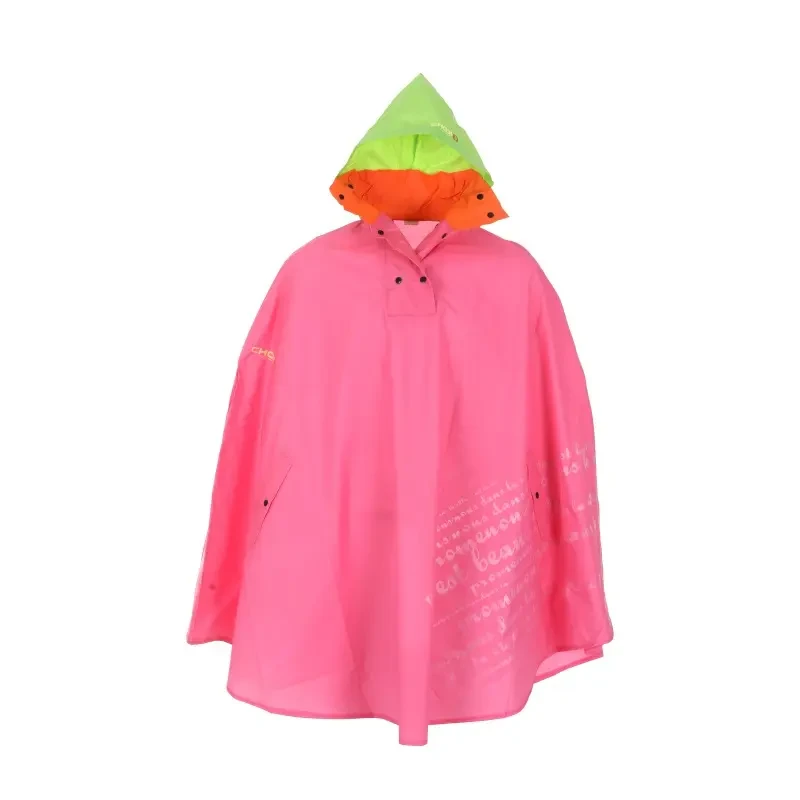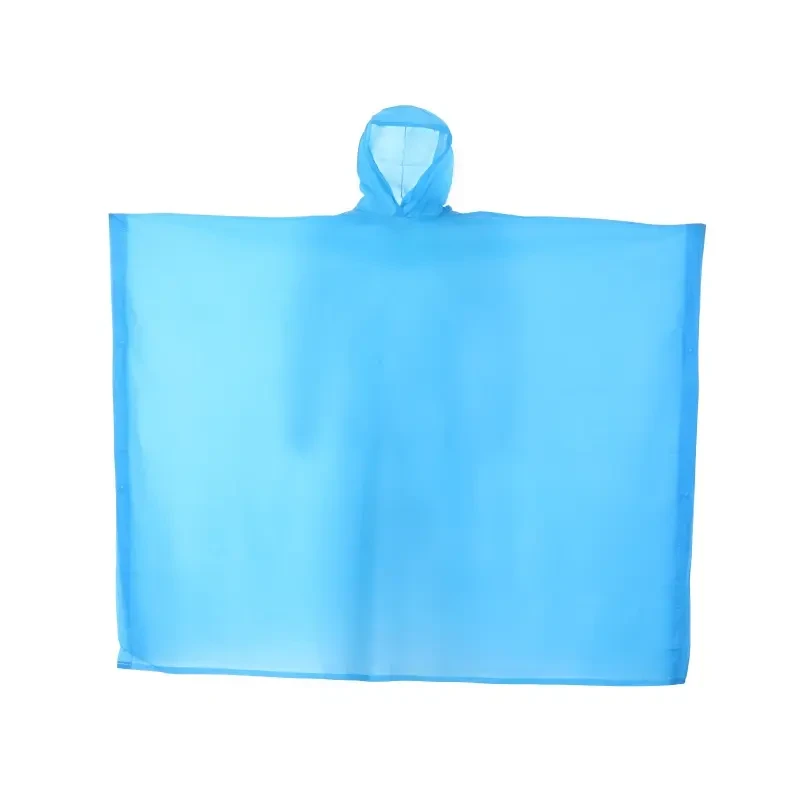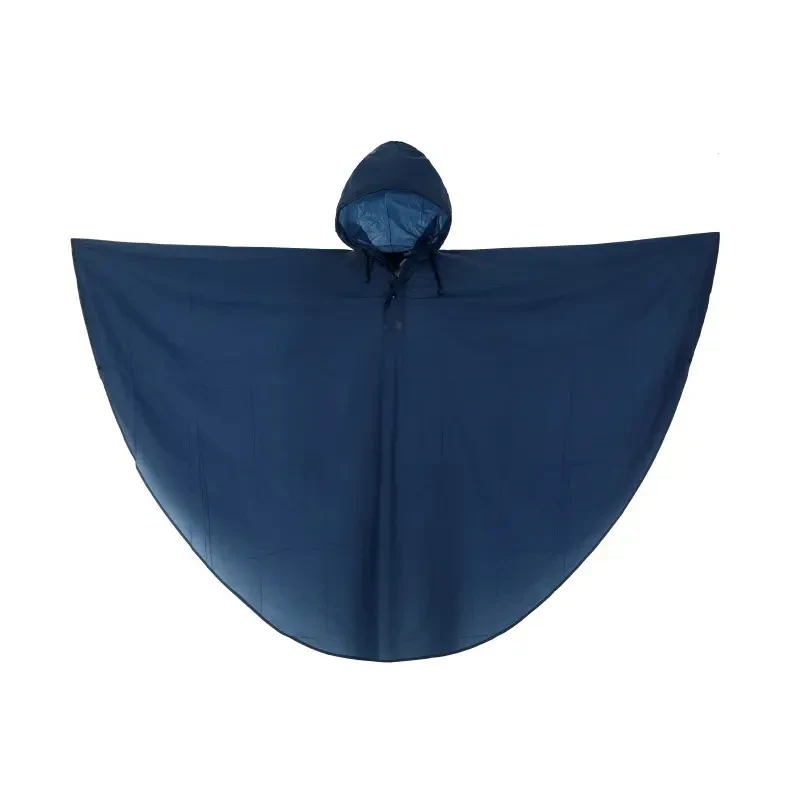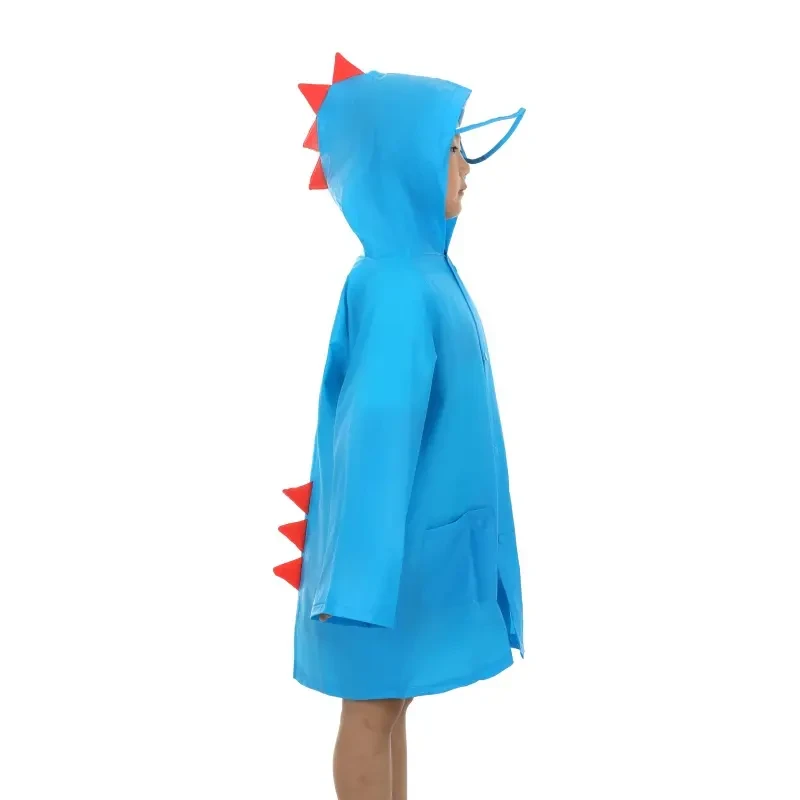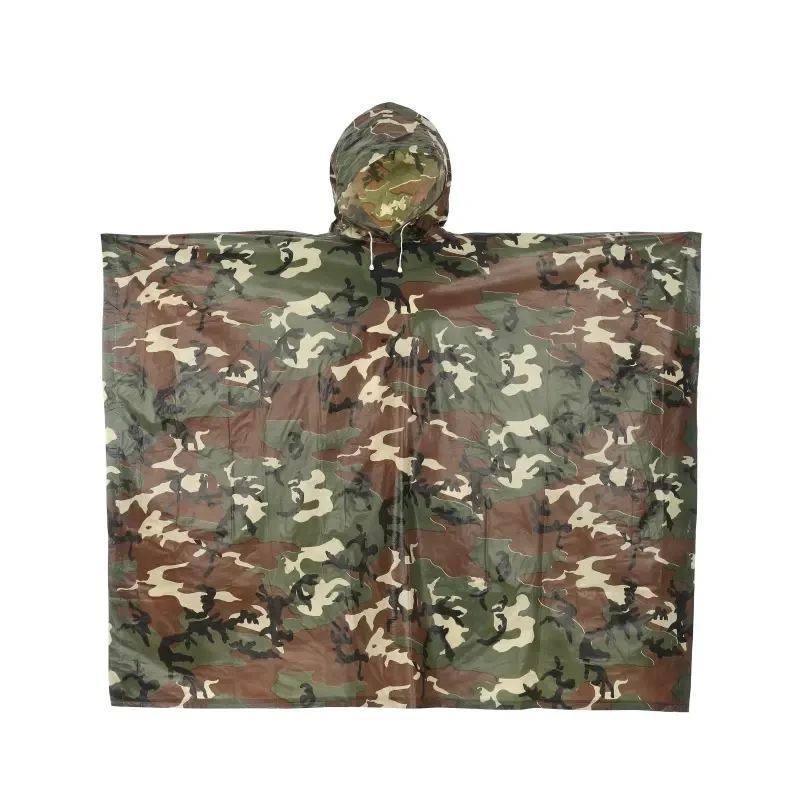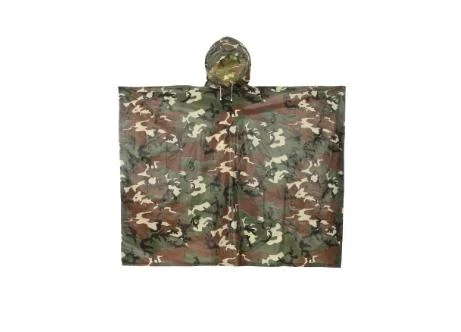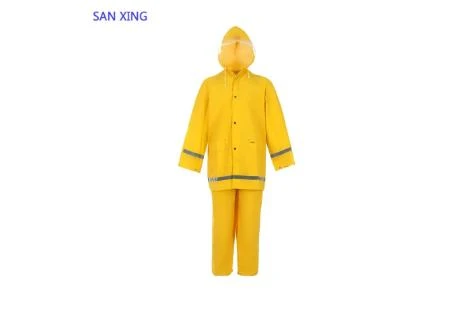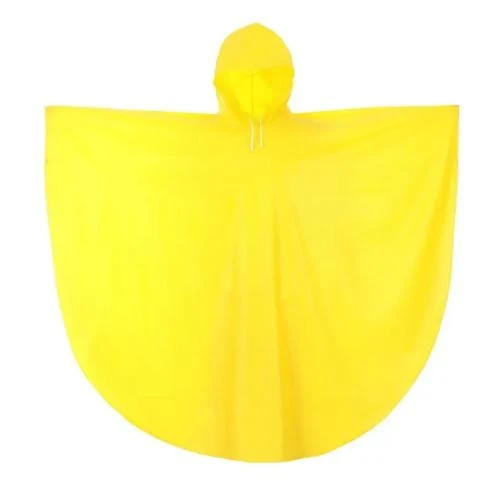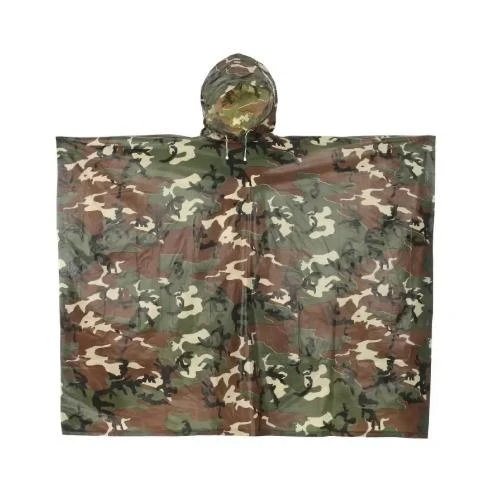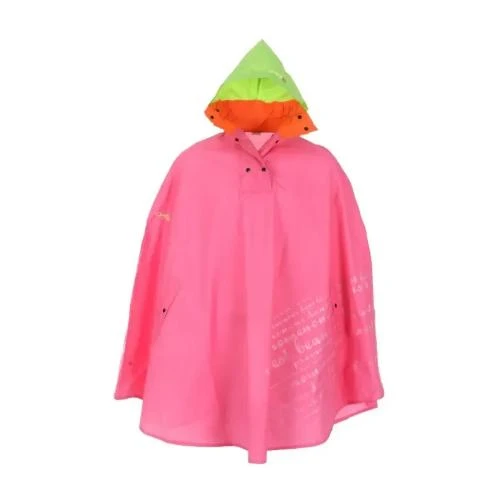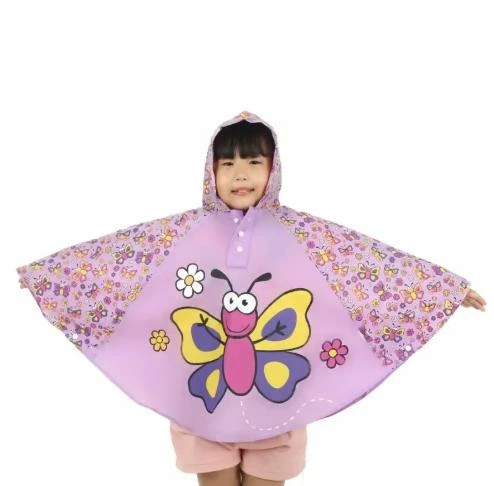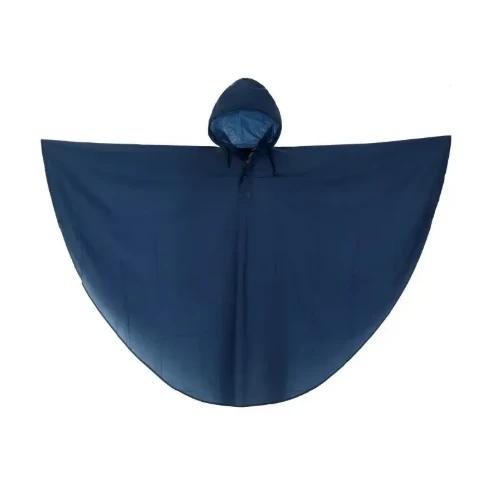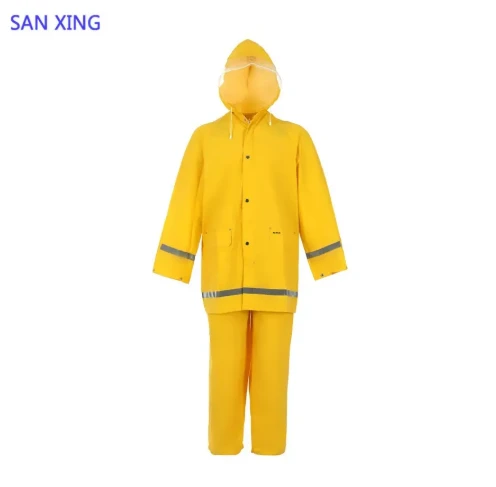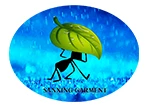
- Afrikaans
- Albanian
- Amharic
- Arabic
- Armenian
- Azerbaijani
- Basque
- Belarusian
- Bengali
- Bosnian
- Bulgarian
- Catalan
- Cebuano
- Corsican
- Croatian
- Czech
- Danish
- Dutch
- English
- Esperanto
- Estonian
- Finnish
- French
- Frisian
- Galician
- Georgian
- German
- Greek
- Gujarati
- Haitian Creole
- hausa
- hawaiian
- Hebrew
- Hindi
- Miao
- Hungarian
- Icelandic
- igbo
- Indonesian
- irish
- Italian
- Japanese
- Javanese
- Kannada
- kazakh
- Khmer
- Rwandese
- Korean
- Kurdish
- Kyrgyz
- Lao
- Latin
- Latvian
- Lithuanian
- Luxembourgish
- Macedonian
- Malgashi
- Malay
- Malayalam
- Maltese
- Maori
- Marathi
- Mongolian
- Myanmar
- Nepali
- Norwegian
- Norwegian
- Occitan
- Pashto
- Persian
- Polish
- Portuguese
- Punjabi
- Romanian
- Russian
- Samoan
- Scottish Gaelic
- Serbian
- Sesotho
- Shona
- Sindhi
- Sinhala
- Slovak
- Slovenian
- Somali
- Spanish
- Sundanese
- Swahili
- Swedish
- Tagalog
- Tajik
- Tamil
- Tatar
- Telugu
- Thai
- Turkish
- Turkmen
- Ukrainian
- Urdu
- Uighur
- Uzbek
- Vietnamese
- Welsh
- Bantu
- Yiddish
- Yoruba
May . 27, 2025 06:06
- Industry Overview & Market Demand
- Material Innovation in Protective Clothing
- Manufacturing Process Breakdown
- Top 5 Global Producers Compared
- Custom Design Workflow
- Case Study: Emergency Response Deployment
- Sustainable Practices Among Rainwear Manufacturers
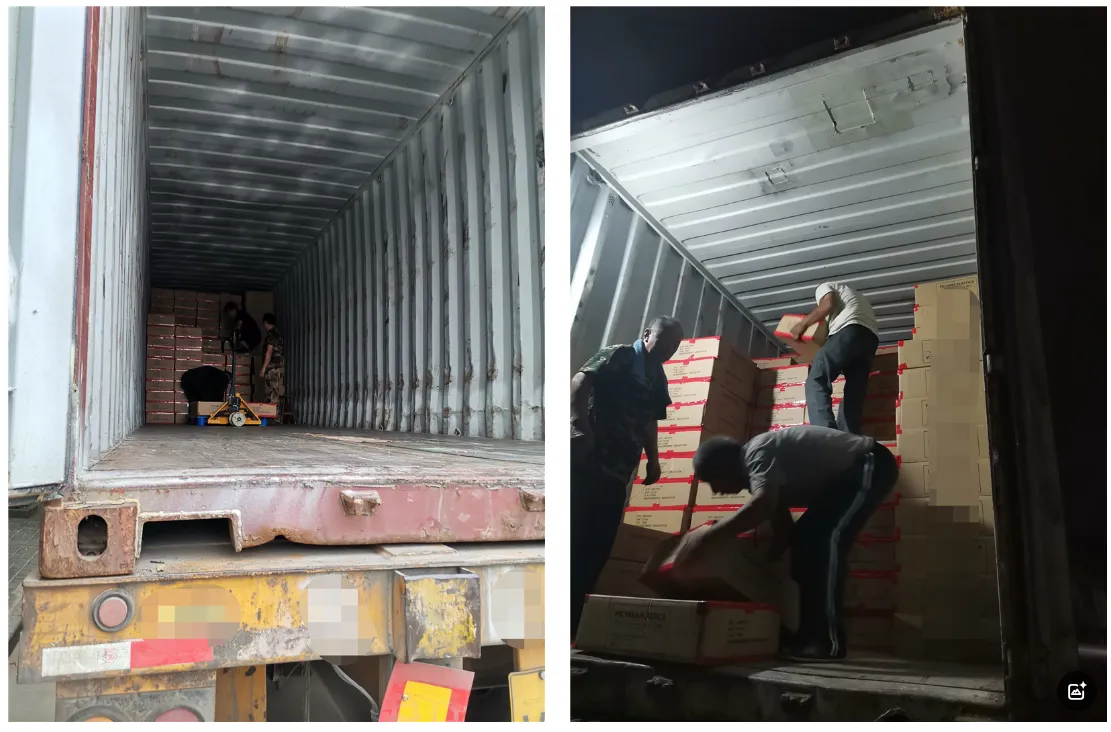
(rainwear manufacturers)
Understanding the Global Landscape for Rainwear Manufacturers
The waterproof apparel market will reach $3.1 billion by 2028 (CAGR 5.7%), driven by extreme weather events increasing 34% since 2018. Leading rain gear manufacturers now employ blockchain-tracked supply chains, with 78% adopting recycled PET fabrics. Asia-Pacific dominates production with 62% market share, while European manufacturers lead in technical certifications (91% compliant with EN343:2019).
Advanced Fabric Technologies Redefining Standards
Three-layer laminated membranes now achieve 35,000mm waterproof ratings while maintaining 20,000g/m²/24hr breathability. Compare material performance:
| Technology | Hydrostatic Head | MVTR | Durability |
|---|---|---|---|
| Traditional PU Coating | 10,000mm | 5,000g | 2 years |
| ePTFE Membrane | 28,000mm | 18,000g | 5 years |
| Electrospun Nanofiber | 41,500mm | 23,500g | 7+ years |
Precision Engineering Behind Waterproof Seams
Automated ultrasonic welding systems achieve 0.01mm seam tolerances, reducing leakage points by 83% compared to conventional stitching. High-frequency bonding processes enable:
- 3D anatomical patterning through AI-driven cutting systems
- Micro-taped seams with 0.3mm adhesive precision
- 360° reflectivity integration during lamination
Market Leaders: Capability Matrix
Key differentiators among top rain jacket manufacturers:
| Manufacturer | MOQ | Lead Time | Customization | Compliance |
|---|---|---|---|---|
| Toray Industries | 5,000 units | 8 weeks | Full HD print | ISO 20471 |
| Helly Hansen | 2,500 units | 6 weeks | Modular design | CE Cat III |
| Derekduck | 1,000 units | 4 weeks | 3D configurator | OEKO-TEX® |
Bespoke Production Implementation
Smart factories enable 14-day prototyping cycles through:
- 3D body scanning integration (97.2% fit accuracy)
- Cloud-based design collaboration portals
- Modular production cells handling lot sizes from 50-50,000
Disaster Response Deployment Analysis
A 2023 ASEAN flood relief initiative sourced 120,000 units from three manufacturers. Performance metrics:
| Metric | Supplier A | Supplier B | Supplier C |
|---|---|---|---|
| Failure Rate | 0.7% | 1.2% | 2.4% |
| User Comfort | 4.8/5 | 4.3/5 | 3.9/5 |
| Cost/Unit | $18.40 | $14.75 | $22.10 |
Eco-Conscious Advancements in Rainwear Manufacturing
Frontrunning manufacturers achieved 42% carbon reduction through:
- Closed-loop water recycling systems (93% efficiency)
- Bio-based DWR treatments replacing PFAS chemicals
- Solar-powered vulcanization processes
Third-party verification shows top rain gear manufacturers reduced microplastic shedding by 68% through innovative brush-lined washing filters.
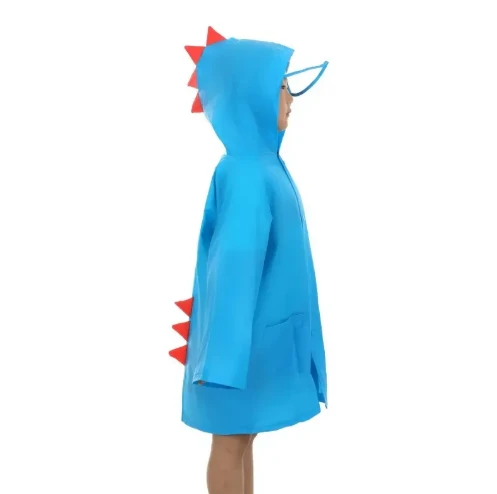
(rainwear manufacturers)
FAQS on rainwear manufacturers
Q: How to choose reliable rainwear manufacturers?
A: Evaluate manufacturers based on certifications (e.g., ISO, AATCC), material quality (e.g., waterproof fabrics like Gore-Tex), and client testimonials. Request samples to test durability and waterproofing before bulk orders.
Q: What materials do rain gear manufacturers commonly use?
A: Most use waterproof-breathable fabrics like nylon, polyester with PU coatings, or PVC for heavy-duty gear. Eco-friendly options, such as recycled PET or PFC-free materials, are increasingly popular among reputable manufacturers.
Q: Can rain jacket manufacturers customize designs?
A: Yes, many offer customizations like logo embroidery, color variations, and tailored sizing. Provide design specs or collaborate with their R&D team to meet specific functional or branding needs.
Q: What certifications should rainwear manufacturers have?
A: Look for ISO 9001 for quality management and AATCC standards for waterproofing. Certifications like OEKO-TEX® or Bluesign® indicate eco-friendly practices, crucial for sustainable product lines.
Q: Do rain gear manufacturers accept small orders?
A: Some offer low minimum order quantities (MOQs), typically 50-100 units, for startups. Confirm MOQs and pricing tiers early to align with your budget and production scale.
Related Products
Related News



